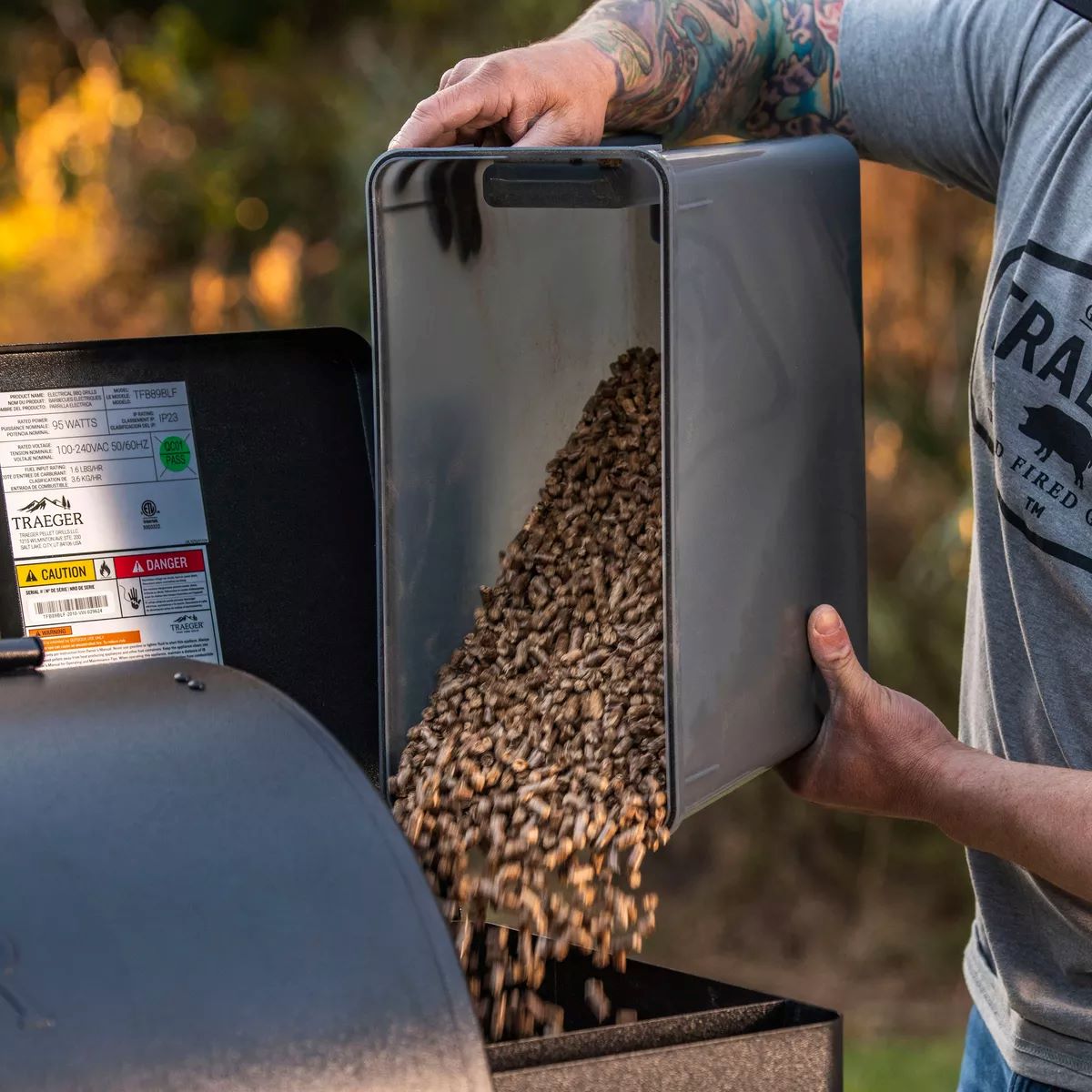

Articles
How To Store Pellets
Modified: January 9, 2024
Looking for articles on how to store pellets? Check out our comprehensive guide for tips and tricks to properly store your pellets and keep them fresh.
(Many of the links in this article redirect to a specific reviewed product. Your purchase of these products through affiliate links helps to generate commission for Storables.com, at no extra cost. Learn more)
Introduction
When it comes to storing pellets, it is essential to take the necessary precautions to ensure their quality and longevity. A proper storage method not only protects the pellets from moisture, pests, and temperature fluctuations but also ensures their effectiveness when used. Whether you are storing wood pellets for your pellet stove, animal feed pellets, or industrial pellets, the principles of proper storage remain the same.
In this article, we will guide you through the process of storing pellets efficiently and effectively. From choosing the right storage location to taking safety precautions, we will cover all the essential aspects to help you maintain the quality of your pellets over time.
Proper storage not only extends the lifespan of your pellets but also reduces the chances of mold, pests, and other issues that can impact their usability and effectiveness. So, let’s dive in and explore the best practices for pellet storage.
Key Takeaways:
- Proper storage of pellets is essential to maintain their quality and effectiveness. Factors such as choosing the right storage location, selecting appropriate containers, and monitoring temperature and humidity levels are crucial for ensuring optimal pellet storage conditions.
- Prioritizing safety and regular maintenance are key to preserving the quality and longevity of stored pellets. Implementing safety precautions, conducting regular inspections, and maintaining proper seals and cleanliness contribute to effective pellet storage.
Read more: How To Store Pellets For Pellet Stove
Choosing the Right Storage Location
When selecting a storage location for your pellets, there are a few factors to consider. The ideal location should provide protection from the elements, including excessive heat, direct sunlight, moisture, and humidity. Here are some key considerations to keep in mind:
- Avoiding Extreme Temperatures: Pellets can be sensitive to temperature fluctuations, so it’s important to choose a location that remains relatively stable. Extreme heat or cold can affect the overall quality and performance of the pellets. Therefore, avoid areas that are exposed to direct sunlight or areas prone to extreme temperature changes.
- Keeping Away from Moisture: Moisture is one of the biggest enemies of pellet storage. High humidity levels or direct exposure to water can cause pellets to swell, break apart, or become unusable. It is crucial to choose a dry location where there is minimal risk of water seeping in or condensation forming.
- Adequate Ventilation: While you want to protect the pellets from moisture, you also need to ensure proper air circulation to prevent the buildup of excess humidity. Poor ventilation can lead to the growth of mold and mildew, which can compromise the quality of the pellets. Look for a storage location that allows for adequate airflow.
- Easy Access: Consider the convenience of accessing your pellets when choosing a storage location. It should be easily accessible for loading and unloading without any obstacles or restrictions. Opting for a location near the area where the pellets are used can save time and effort in transportation.
By choosing the right storage location, you create a solid foundation for maintaining the quality of your pellets. Remember to assess the environmental conditions and accessibility of the space to ensure optimal storage conditions.
Selecting the Proper Storage Container
Once you have identified the ideal storage location, the next step is to choose the right storage container for your pellets. The container you select should provide protection against moisture, pests, and other external factors that can affect the pellets’ quality. Here are some factors to consider when selecting a storage container:
- Material: Look for containers made of materials that are resistant to moisture and can effectively seal out pests. Plastic containers or bins with tight-fitting lids are popular choices for pellet storage. Avoid using containers made of materials that can absorb moisture, such as cardboard or wood, as they may compromise the integrity of the pellets.
- Size: Consider the amount of pellets you need to store when choosing the size of the storage container. It is recommended to select containers that can accommodate your entire supply of pellets to ensure consistency in storage conditions and avoid the need for multiple containers.
- Sealing Mechanism: Check that the storage container has a secure and airtight sealing mechanism. This will prevent moisture from entering the container and keep pests out. Look for containers with strong latches or sealing gaskets to ensure a tight seal.
- Durability: Choose a container that is durable and can withstand the weight of the pellets without breaking or warping. Sturdy containers will ensure the long-term integrity of the stored pellets and prevent accidental spills or damage.
- Transparency: Consider using transparent or translucent containers to easily monitor the pellet level without the need to open the container. This allows you to track your pellet supply and plan for refills accordingly.
When selecting a storage container, it is essential to prioritize functionality and practicality. Ensure that the container you choose meets all the necessary criteria for protecting your pellets and maintaining their quality over time.
Cleaning and Preparing the Storage Container
Before storing your pellets in the chosen container, it is crucial to clean and prepare it properly to ensure a clean and safe environment. Cleaning the container will remove any dust, debris, or potential contaminants that could affect the quality of the pellets. Follow these steps to clean and prepare your storage container:
- Empty the Container: If you are reusing a container, make sure it is completely empty. Remove any remaining items or debris from the previous use to ensure a fresh start for storing your pellets.
- Clean with Mild Detergent: Wash the container thoroughly with warm water and a mild detergent. Use a sponge or cloth to scrub the interior, paying attention to corners and crevices. Rinse the container thoroughly to remove any soap residue.
- Dry Completely: After washing, allow the container to dry completely. Ensure there is no moisture left in the container before putting the pellets inside. Any lingering moisture could lead to mold or the pellets clumping together.
- Inspect for Damage: Examine the storage container for any signs of damage or wear. Check for cracks, holes, or weak spots that could compromise the integrity of the container. If any damage is found, consider replacing the container to ensure the pellets are stored in a safe and secure environment.
- Additional Precautions: Consider using a liner, such as a plastic bag or moisture-absorbing pad, to provide an extra layer of protection against moisture. This can be particularly useful if your container has any slight flaws or gaps that may allow moisture to enter.
By thoroughly cleaning and preparing the storage container, you eliminate any potential contaminants and create a clean and safe environment for storing your pellets. This step is crucial in ensuring the longevity and quality of your stored pellets.
Filling the Storage Container
Once you have chosen the appropriate storage container and prepared it properly, it’s time to fill it with your pellets. Follow these guidelines to ensure an efficient and effective filling process:
- Use a Funnel: To avoid spills and make the filling process easier, use a funnel to pour the pellets into the storage container. This will help direct the pellets into the container without wasting any or creating a mess.
- Fill in Small Batches: Gradually fill the container with the pellets in small batches. This allows for better distribution and minimizes the risk of damaging the pellets by compressing them too tightly. Fill the container until it reaches the desired level, leaving some headspace for air circulation.
- Avoid Overfilling: Avoid overfilling the container as this can put excessive pressure on the pellets and potentially cause them to break or clump together. Leave enough space for the pellets to expand and move slightly without being cramped.
- Level and Even Distribution: After each batch, use a clean, flat object, such as a piece of cardboard or a paddle, to level and evenly distribute the pellets inside the container. This helps to ensure stability and prevent uneven settling.
- Do Not Mix Different Pellet Types: If you are storing different types of pellets, such as wood pellets for a pellet stove and animal feed pellets, it’s important to keep them separate. Mixing different types of pellets can affect their quality and compromise their intended use.
By following these steps, you can efficiently and effectively fill your storage container with pellets. Remember to take your time and ensure a uniform distribution to maximize the storage capacity and maintain the quality of the pellets.
Read more: How To Store Pellet Grill Pellets
Securing the Storage Container
Once you have filled the storage container with your pellets, it is important to secure it properly to prevent any accidental spills, tampering, or unauthorized access. Here are some key steps to secure your pellet storage container:
- Proper Lid Closure: Ensure that the lid or cover of the storage container is securely closed and tightly sealed. This will help to prevent any moisture, pests, or debris from entering the container and compromising the quality of the pellets.
- Locking Mechanism: If possible, use a storage container that comes with a locking mechanism or add a padlock to secure the lid further. This will provide an extra layer of protection and deter any unauthorized access or tampering.
- Labeling: Clearly label the storage container with its contents, date of filling, and any other relevant information. This will help you easily identify the stored pellets and track their usage, especially if you have multiple types of pellets or batches.
- Secure Placement: Choose a secure and stable location for the storage container. Ensure that it is placed on a level surface and won’t be easily knocked over or moved unintentionally. This will help to prevent any accidents or spills, ensuring the pellets remain intact and undamaged.
- Keep Away from Children and Pets: Store the pellets in a location that is inaccessible to children and pets. Pellets can be harmful if ingested or played with, so it’s crucial to keep them out of reach and in a secure area.
By properly securing your storage container, you can protect your pellets from potential damage, maintain their quality, and ensure they remain safe and undisturbed until needed.
Store pellets in a dry, well-ventilated area away from moisture and direct sunlight. Use airtight containers or sealed bags to prevent moisture absorption and degradation. Keep them away from heat sources to maintain their quality.
Monitoring Temperatures and Humidity Levels
Monitoring the temperatures and humidity levels in your pellet storage area is essential for maintaining the quality and performance of the pellets. Excessive heat, cold, or moisture can adversely affect the pellets, leading to spoilage or degradation. Here are some important tips for monitoring temperatures and humidity levels:
- Use a Thermometer: Place a thermometer in the storage area to monitor the temperature regularly. Ideally, the temperature should be kept between 40°F (4.4°C) and 70°F (21.1°C) to ensure optimal pellet storage conditions. Fluctuations outside this range may impact the pellets’ quality and effectiveness.
- Invest in a Hygrometer: A hygrometer is a device that measures humidity levels. It can be beneficial in monitoring moisture levels in your storage area. Aim for a humidity level between 10% and 20% to prevent excessive moisture that could lead to pellet degradation or the growth of mold and mildew.
- Address High Humidity: If you notice high humidity levels in the storage area, consider using dehumidifiers or moisture-absorbing products to reduce moisture content. These can help create an environment that is less conducive to mold growth or pellet spoilage.
- Prevent Excessive Heat: High temperatures can cause pellets to expand, break down, or lose their effectiveness. If your storage area tends to get too hot, consider using fans or air conditioning to regulate the temperature and keep it within the recommended range.
- Check Regularly: Make it a habit to regularly check the temperature and humidity levels in your storage area. This will allow you to identify any fluctuations or issues that need to be addressed promptly to ensure the optimal storage conditions for your pellets.
By monitoring the temperatures and humidity levels in your storage area, you can take proactive measures to maintain the quality and performance of your pellets. Regular monitoring is crucial to ensuring that the pellets remain in optimal condition and prevent any potential damage or spoilage.
Preventing Moisture and Pest Infestations
Moisture and pests are two common threats when it comes to storing pellets. Moisture can lead to clumping, degradation, and the growth of mold and mildew, while pests such as insects and rodents can cause contamination and spoilage. Here are some effective strategies for preventing moisture and pest infestations in your pellet storage:
- Keep the Storage Area Dry: Ensure that the storage area is dry and free from any leaks or sources of moisture. Regularly check for any signs of water intrusion and promptly address and repair any leaks or issues that may compromise the dryness of the space.
- Insulate the Storage Area: Insulation can help regulate the temperature and prevent condensation. Proper insulation can also provide an extra barrier against moisture entering the storage area and maintain a stable environment for the pellets.
- Use Moisture Barriers: Place moisture-absorbing products, such as desiccant packs or moisture-absorbing pads, in the storage container to help absorb any excess moisture and prevent it from reaching the pellets. These barriers can help maintain the pellets’ quality and prevent clumping or mold growth.
- Seal Gaps and Entry Points: Seal any gaps, cracks, or entry points in the storage area to prevent pests from entering. Use silicone caulk or weatherstripping to seal gaps around windows, doors, and vents. This will help create a pest-free environment and minimize the risk of contamination.
- Regularly Clean and Inspect: Clean the storage area regularly, removing any debris or spills that may attract pests. Inspect the area for any signs of pests or pest activity, such as gnaw marks or droppings. Address any pest infestations promptly with appropriate pest control measures.
- Consider Pellet Pest Control Products: There are specialized pest control products available that are safe to use in pellet storage areas. These products can help prevent and eliminate pests without compromising the quality or safety of the pellets. Consult with a professional or do thorough research before using any pest control products.
By implementing these measures, you can effectively prevent moisture-related issues and pest infestations in your pellet storage area. These precautions will help ensure the quality and integrity of your stored pellets.
Taking Safety Precautions when Storing Pellets
While storing pellets may seem like a straightforward task, it is essential to prioritize safety to prevent accidents or hazards. Here are some important safety precautions to keep in mind when storing pellets:
- Fire Safety Measures: Pellets are highly combustible, so it is crucial to store them away from open flames, heat sources, or flammable materials. Follow fire safety guidelines and store your pellets in a well-ventilated area to minimize the risk of fire.
- Proper Handling: When filling or moving containers of pellets, be mindful of proper lifting techniques to prevent strain or injury. Avoid overexertion and use appropriate equipment, such as dollies or carts, when handling heavy containers.
- No Smoking Policy: Implement a strict no smoking policy in the pellet storage area and the surrounding vicinity. Smoking near stored pellets can ignite a fire and pose a significant risk to both property and personal safety.
- Emergency Exits: Ensure that the storage area has clear and accessible emergency exits. Keep the surrounding area free from any obstructions that could impede a quick and safe exit in case of an emergency.
- First Aid Kit: Keep a well-stocked first aid kit in the vicinity of the pellet storage area. This will allow for immediate response to any minor injuries or accidents that may occur during the storage process.
- Safe Storage Height: Store the pellets at a manageable height that can be easily accessed. Avoid stacking containers too high or in an unstable manner, as this increases the risk of accidents or injuries when retrieving pellets.
- Label Hazardous Materials: If you store any hazardous materials or chemicals near the pellet storage area, ensure they are clearly labeled and properly stored to prevent accidental exposure or cross-contamination.
- Regular Inspections: Conduct regular inspections of the storage area and containers for any signs of damage or deterioration. Replace any damaged or compromised containers to maintain safety standards.
By following these safety precautions, you can help create a safe environment for storing your pellets and mitigate potential risks or hazards. Prioritizing safety is essential to protect yourself and others when handling and storing pellets.
Read more: How To Store Smoker Pellets
Regular Maintenance of Pellet Storage
To ensure the longevity and optimal performance of your stored pellets, regular maintenance is necessary. Proper maintenance helps prevent issues such as pellet degradation, moisture buildup, and pest infestations. Here are some essential steps for maintaining your pellet storage:
- Inspect and Clean: Regularly inspect the storage area and containers for any signs of damage, wear, or pest activity. Clean the storage area and containers as needed, removing any debris, spills, or dust that may have accumulated over time.
- Check Container Seals: Periodically check the seals and closures of your storage containers to ensure they are still effective in preventing moisture and pests from entering. Replace any damaged or worn-out seals to maintain an airtight environment for the pellets.
- Monitor Temperature and Humidity: Continue monitoring the temperature and humidity levels in the storage area. Make adjustments as needed, such as using dehumidifiers or fans, to maintain optimal storage conditions for the pellets.
- Rotate Stock: Implement a first-in, first-out (FIFO) system to ensure that the oldest pellets are used first. This prevents the pellets from staying in storage for an extended period and helps maintain their quality and effectiveness.
- Check for Pest Control: Regularly inspect the storage area for any signs of pest activity. Set up monitoring devices or traps to catch and identify any potential pests. If an infestation is detected, take appropriate pest control measures to eliminate the problem.
- Monitor Pellet Quality: Periodically assess the quality of the stored pellets. Look for signs of degradation, pellet disintegration, or abnormal odors. If you notice any issues, investigate the cause and take necessary corrective actions.
- Replace Damaged Containers: If you identify any damaged or compromised storage containers, replace them promptly. Damaged containers can lead to moisture intrusion, pest access, or structural instability, posing risks to both the pellets and storage area.
- Keep Records: Maintaining detailed records of storage conditions, cleaning schedules, and any pest control activities can provide valuable insights and help address any recurring issues effectively.
By implementing a regular maintenance routine, you can ensure that your pellet storage remains in optimal condition, thereby preserving the quality and longevity of the pellets. Regular maintenance prevents problems before they arise and allows you to address any issues promptly.
Conclusion
Proper storage of pellets plays a crucial role in maintaining their quality, effectiveness, and longevity. By carefully selecting the storage location, choosing the right containers, and following best practices, you can ensure that your pellets remain in optimal condition until they are ready to be used. Regular monitoring of temperatures and humidity levels, along with preventive measures to prevent moisture and pest infestations, further safeguard the quality of your stored pellets.
Remember to prioritize safety by following safety precautions, such as keeping the storage area clean and free from hazards, implementing a no smoking policy, and ensuring proper handling and storage practices. Regular maintenance, including inspections, cleaning, and maintaining appropriate seals, will help address any issues and prolong the life of your pellets.
By taking the necessary steps to store your pellets properly, you can enjoy the benefits of reliable and effective pellets for your pellet stoves, animal feed, or industrial use. Whether you use wood pellets for heating, biomass pellets for energy production, or any other type of pellets, the principles of proper storage remain the same.
So, follow the guidelines provided in this article, and take the time to create an optimal storage environment for your pellets. By doing so, you can ensure that they maintain their quality, efficiency, and effectiveness, allowing you to utilize them to their fullest potential.
Frequently Asked Questions about How To Store Pellets
Was this page helpful?
At Storables.com, we guarantee accurate and reliable information. Our content, validated by Expert Board Contributors, is crafted following stringent Editorial Policies. We're committed to providing you with well-researched, expert-backed insights for all your informational needs.
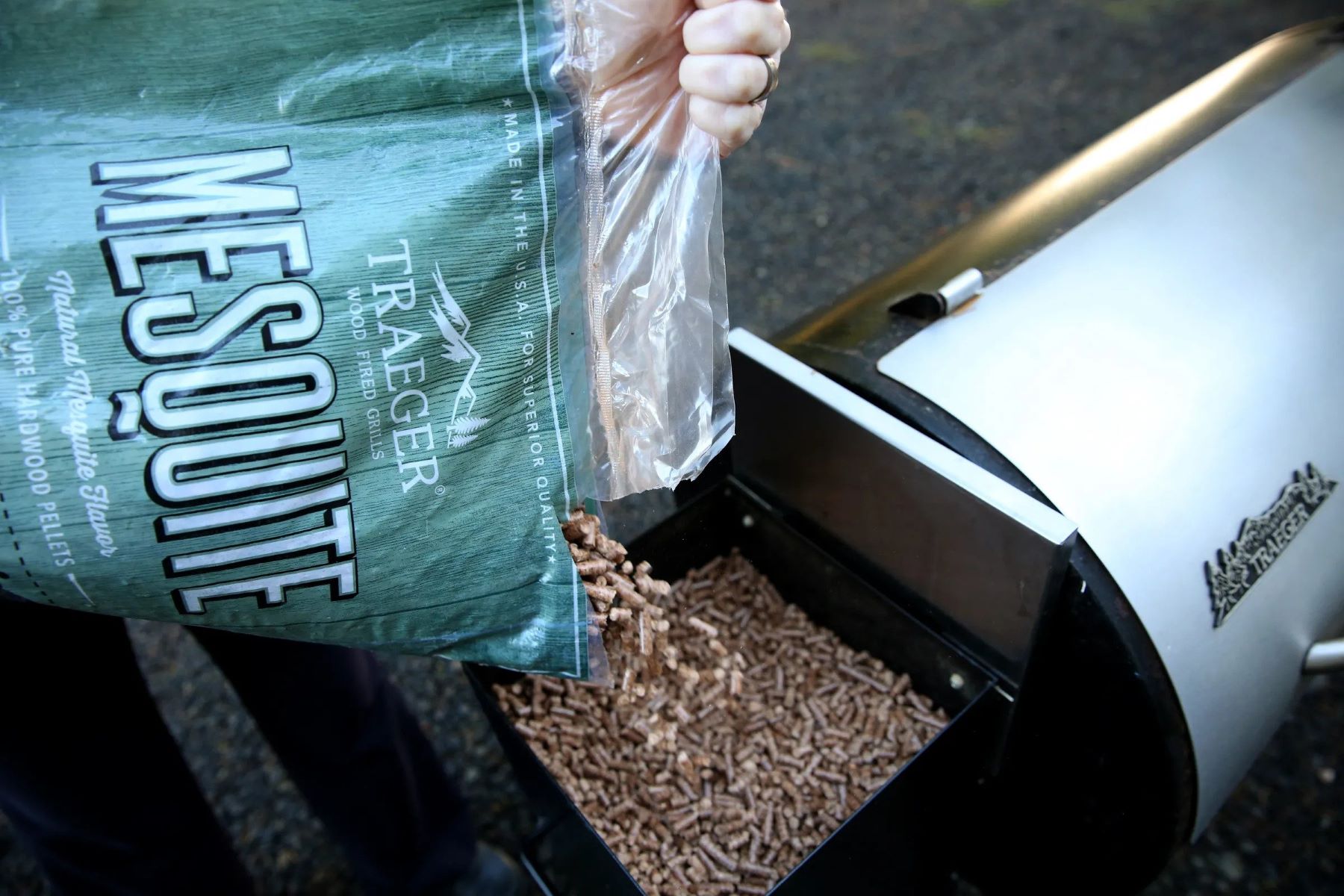
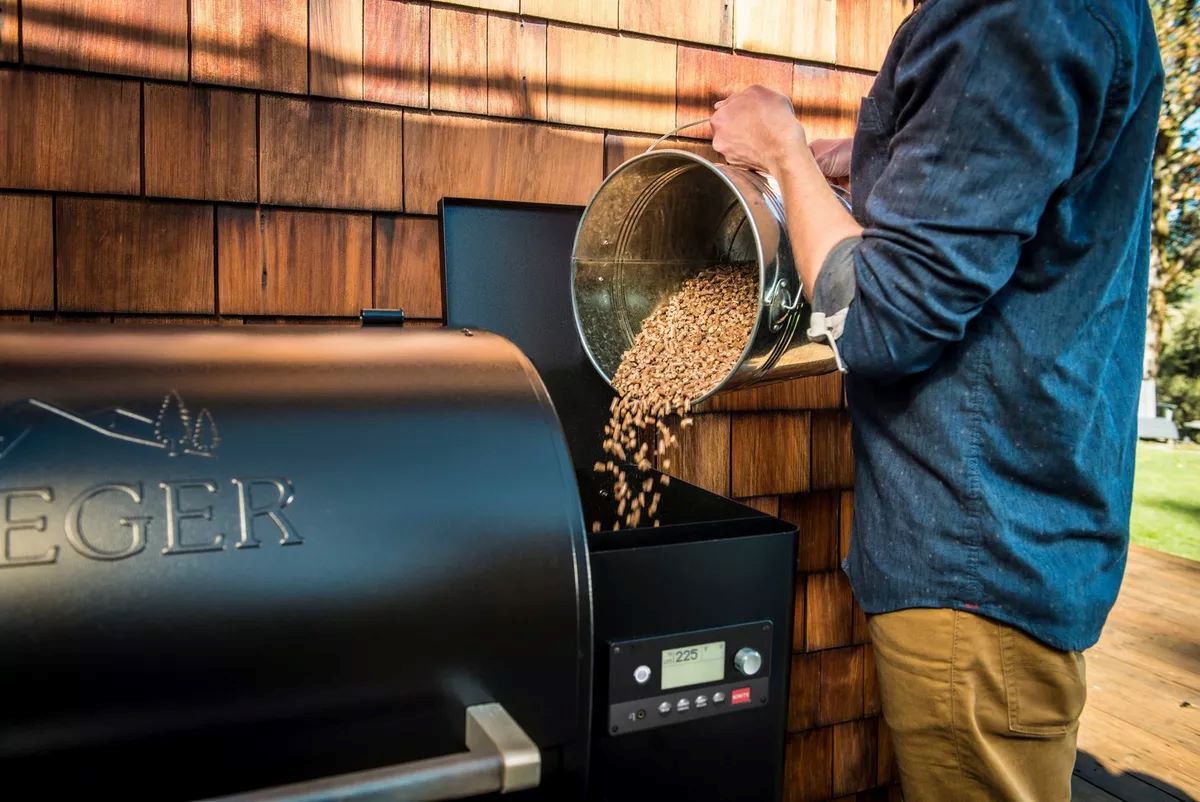
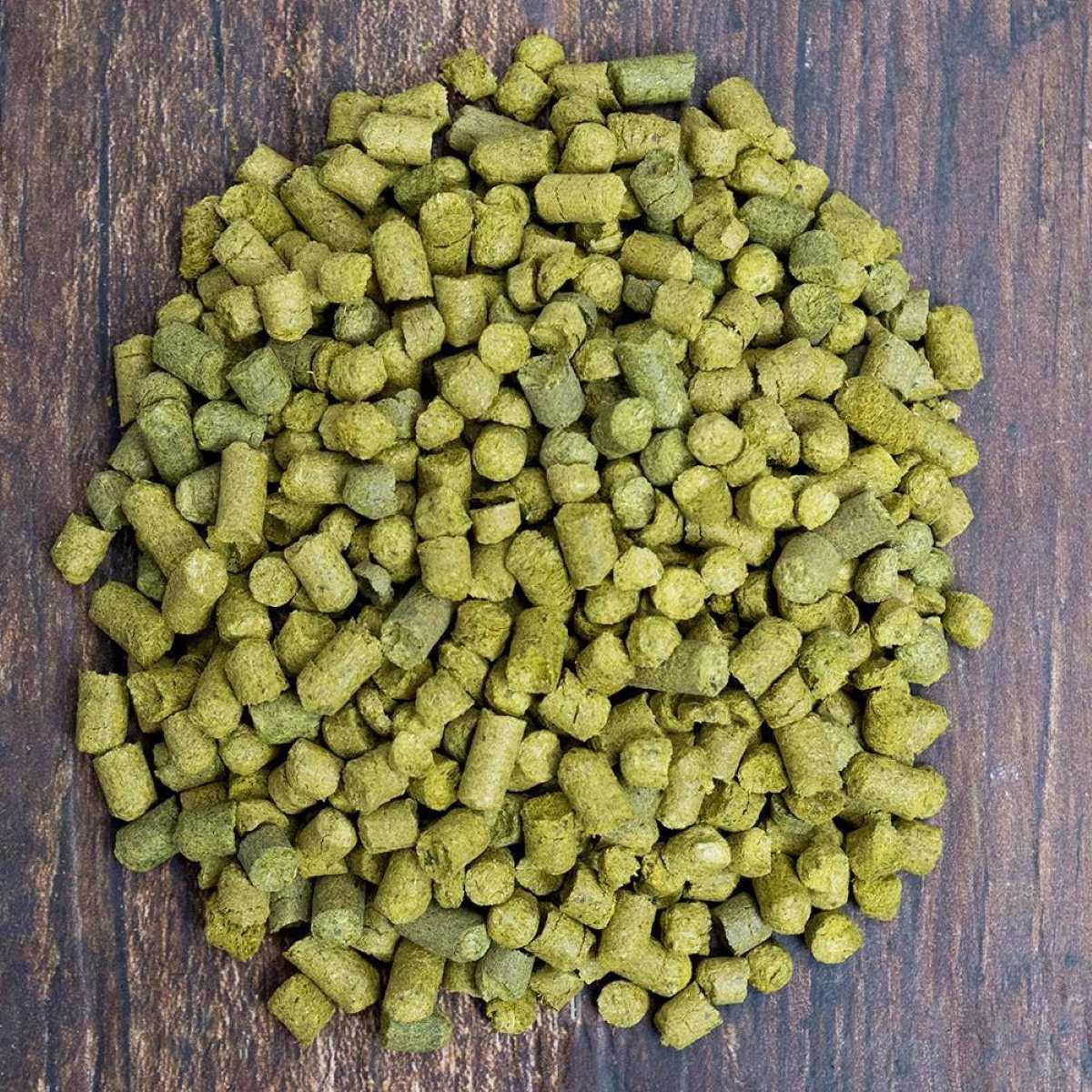
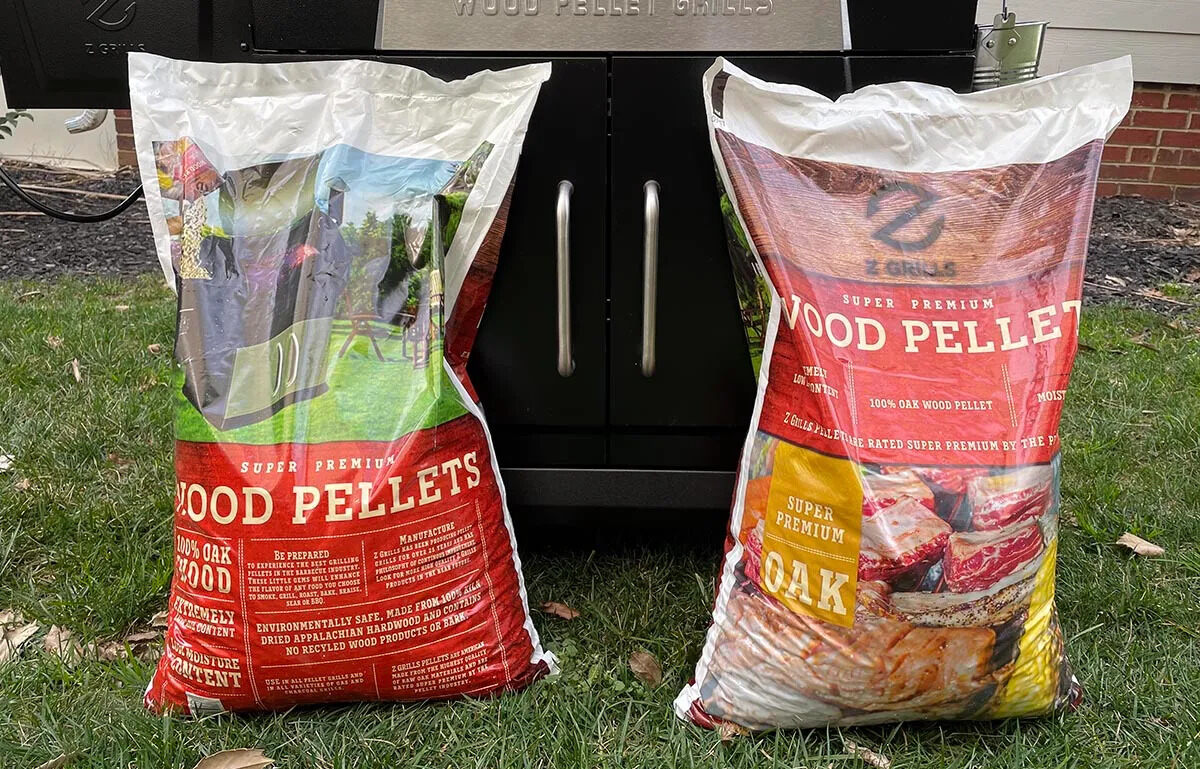

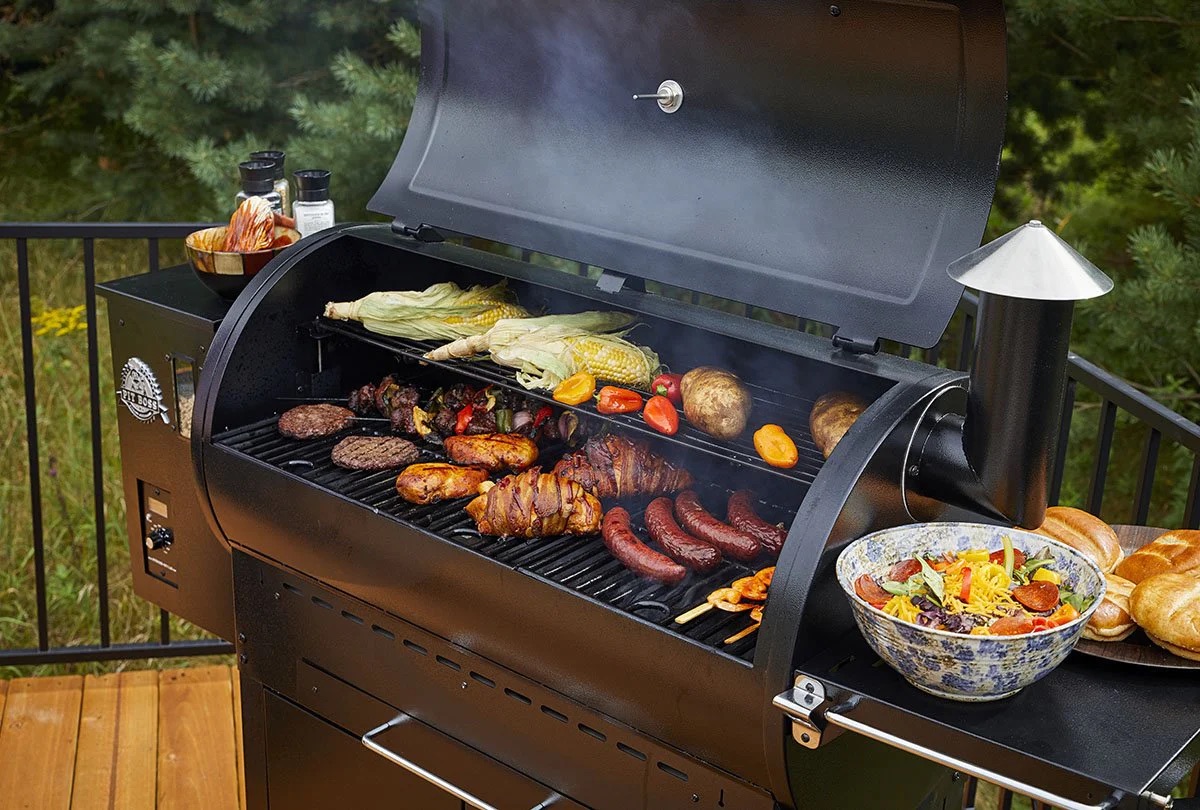
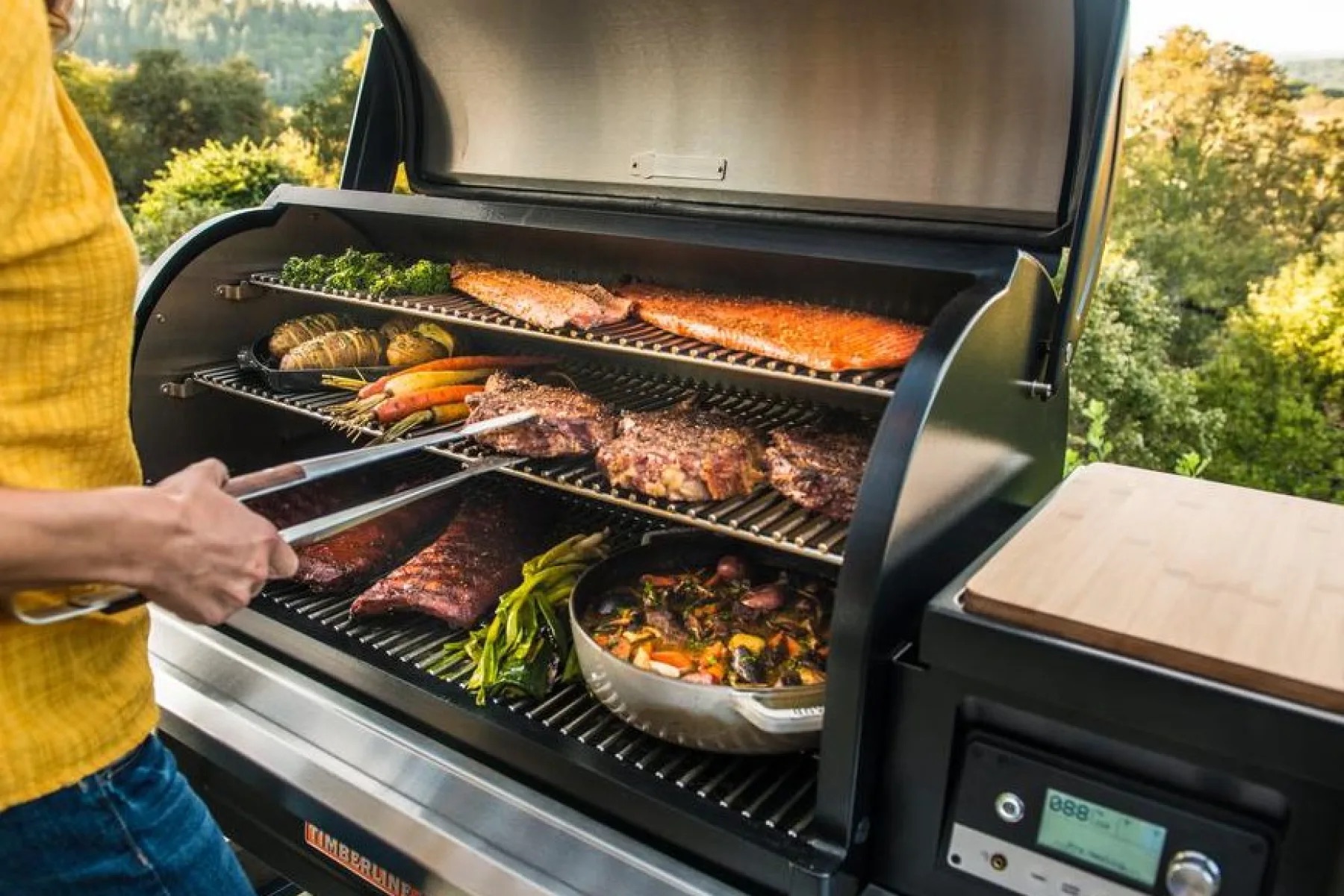
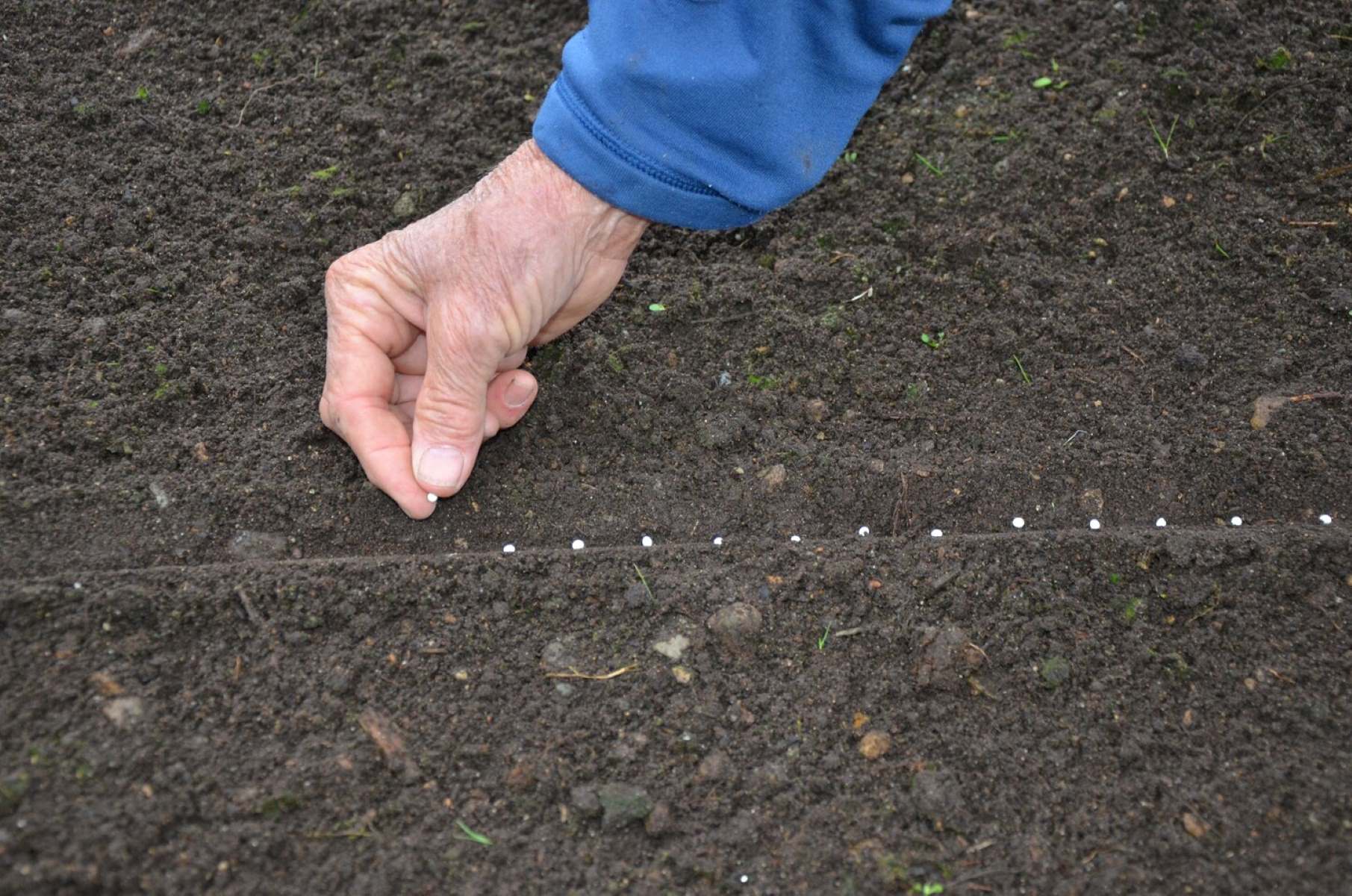
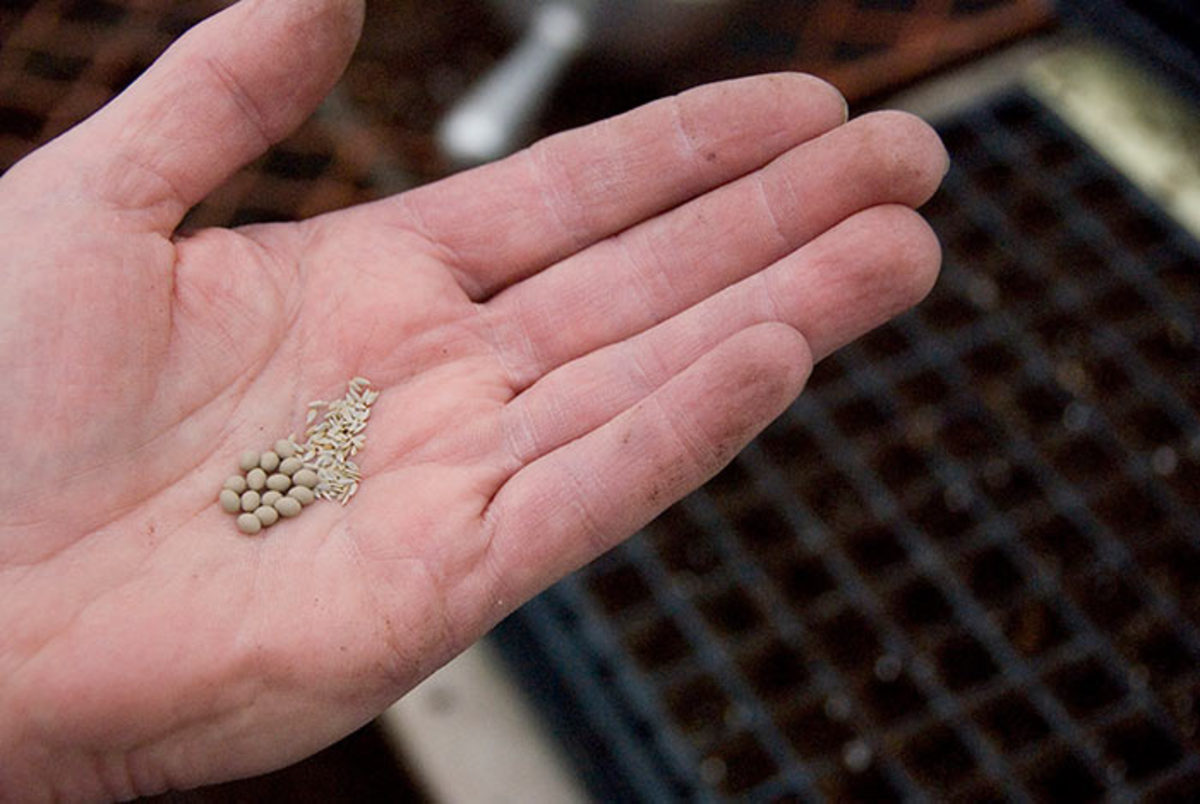
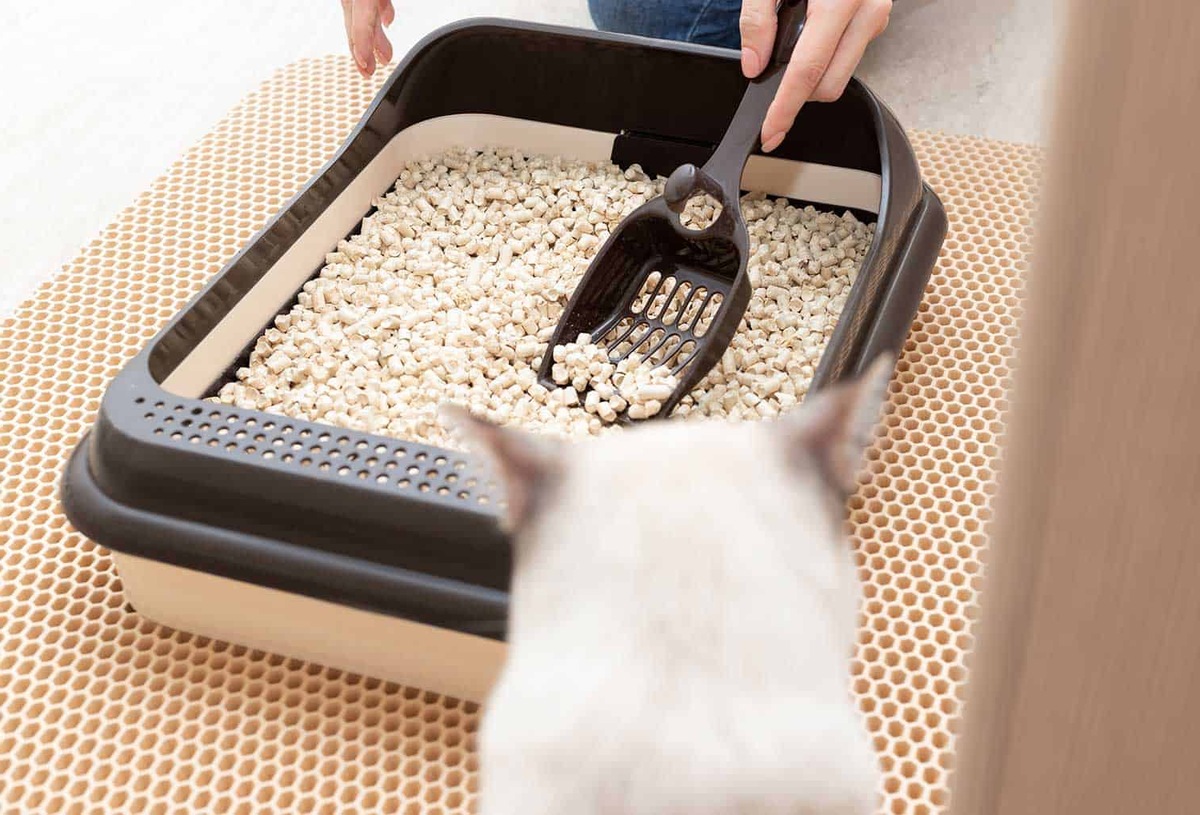
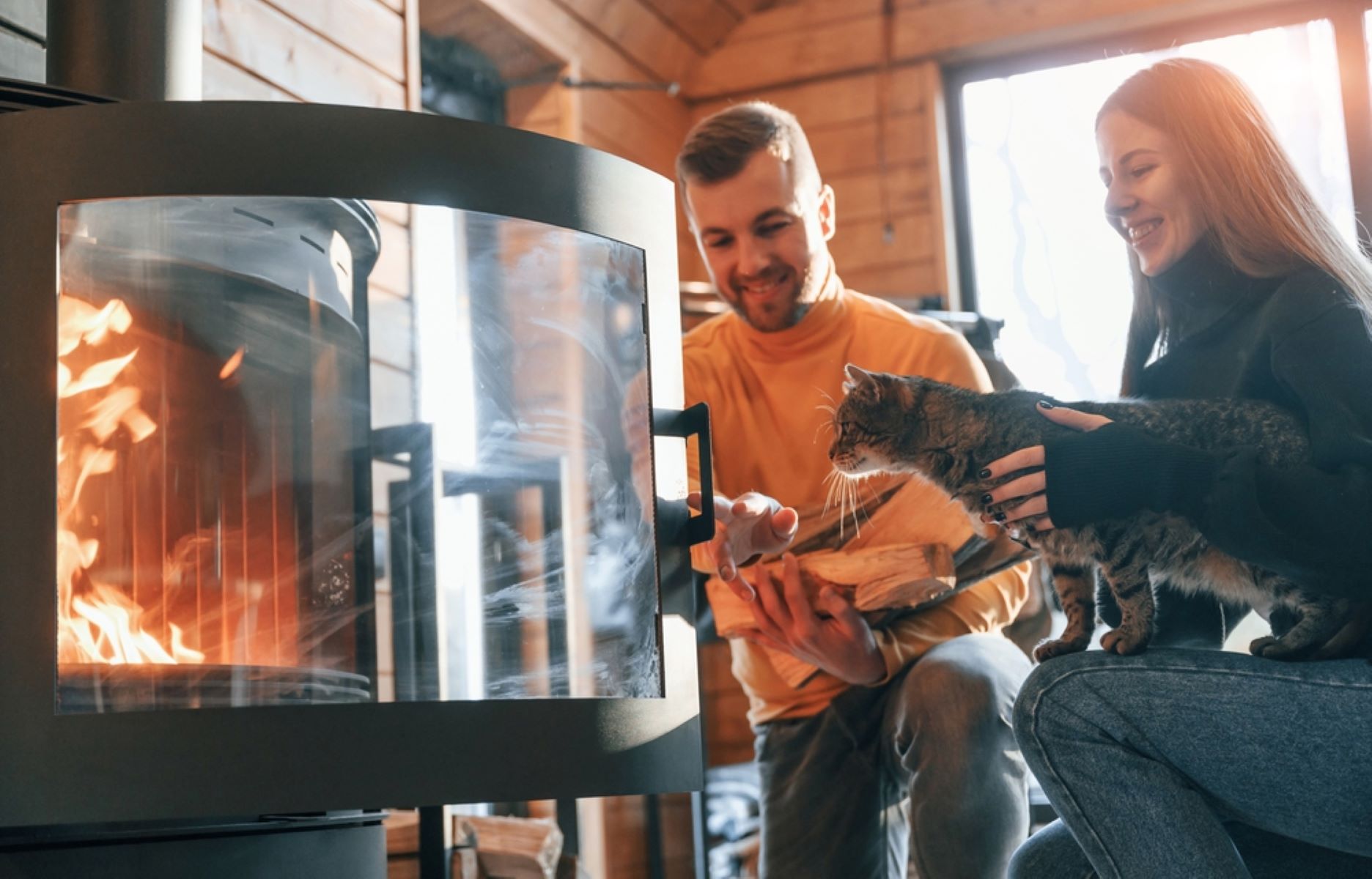
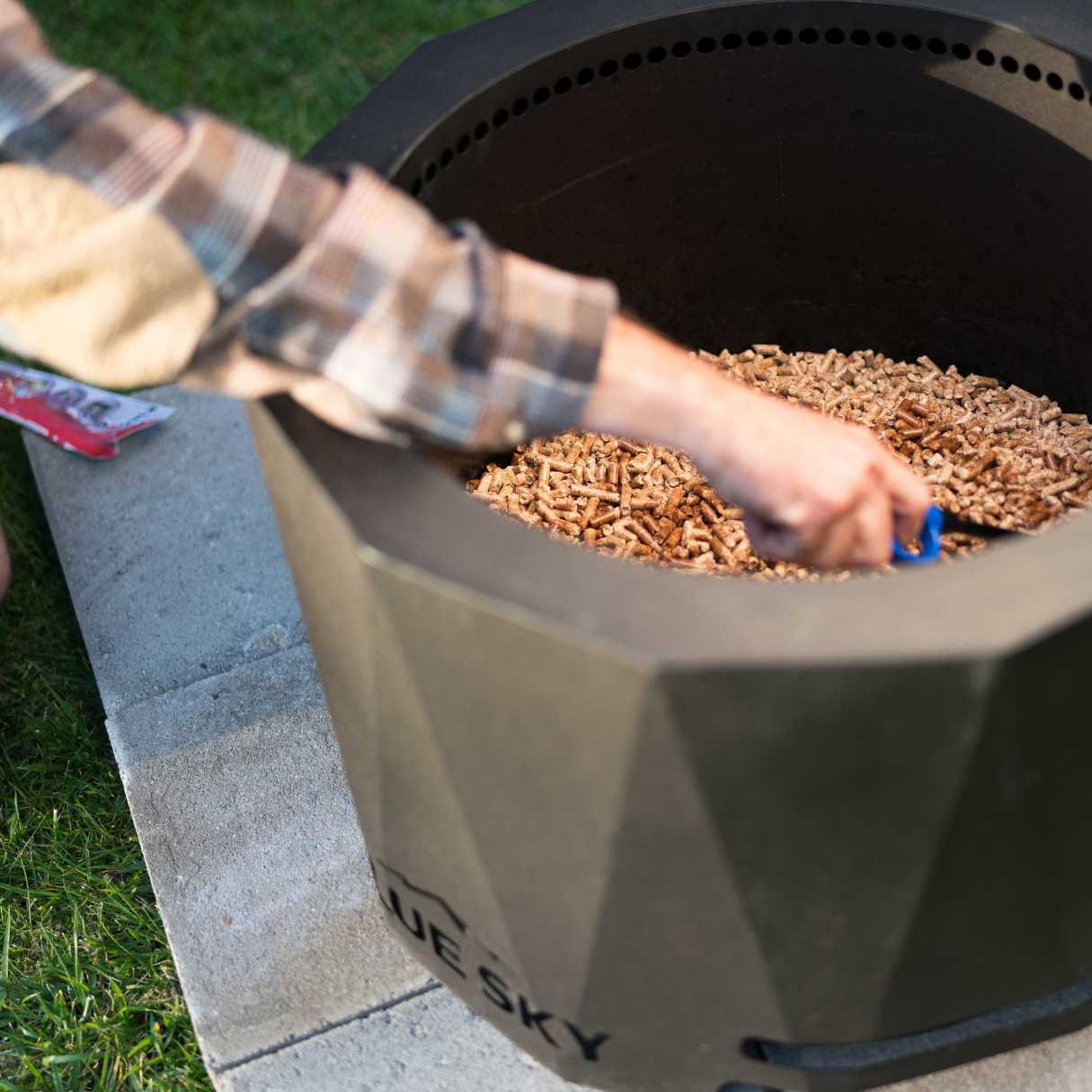


0 thoughts on “How To Store Pellets”